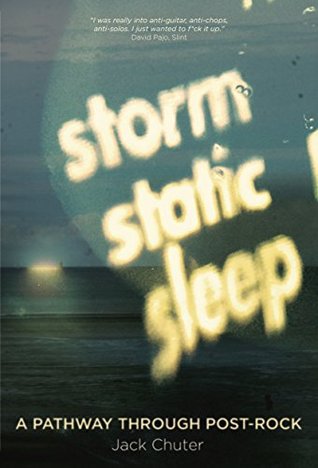On both Spirit of Eden and Laughing Stock, the energy of the music was generated through the friction between two contradictory perceptions of time and space. On one level was improvisation, which captured a musician in a sincere, circumstantial dialogue with real space and real time (fortified by Hollis’ insistence of using actual room acoustics over post-applied reverb). Next, there was the studio as a device for displacement and collage; a tool for re-arranging time and space to create new compositional shapes, cutting up recordings and replanting them elsewhere.
Welcome back. Just a moment while we sign you in to your Goodreads account.


